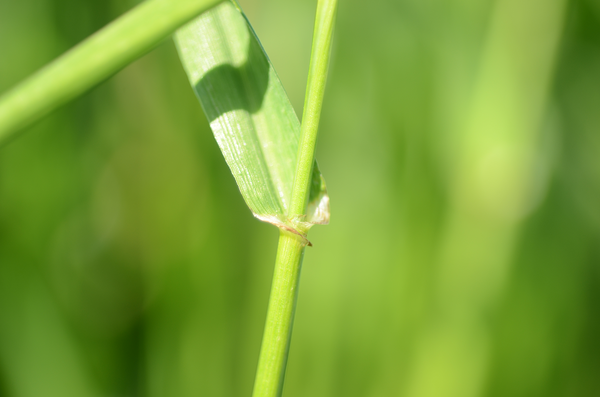
Forage value number 8
|
Meadow fescue is a perennial, tussock-forming top-grass. Low temperatures and hard winters are no problem for this species. Even at low temperatures, meadow fescue, which is also one of the most valuable forage grasses, grows better than other species. The grass, which is relatively weak in competition, tolerates cutting better than grazing. The loose sward of meadow fescue is ideal for combining with forage legumes. Until now, all varieties of meadow fescue have been diploid. Breeding has made it possible to develop tetraploid varieties, which have significantly improved the already good forage quality. Identification
|